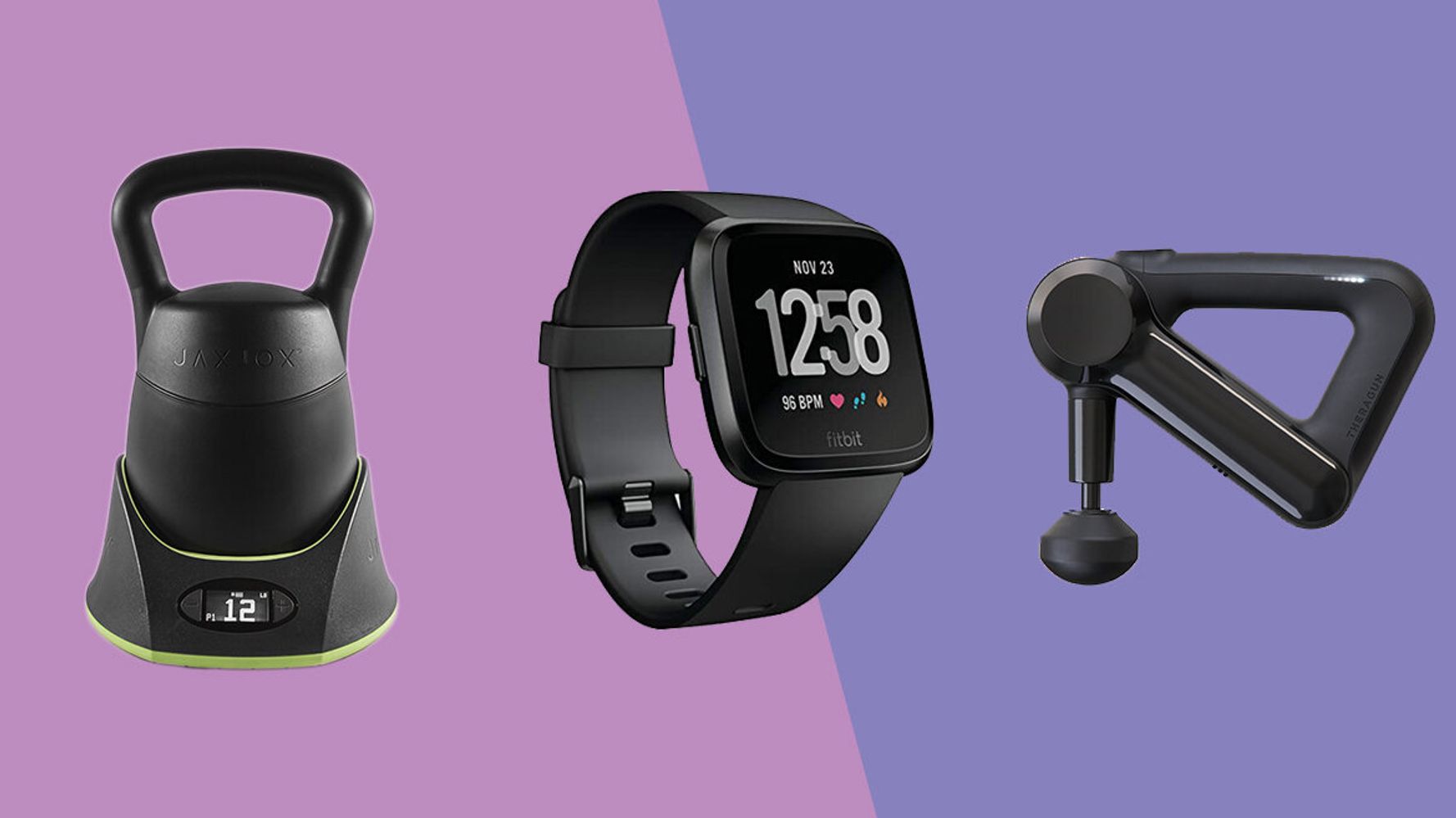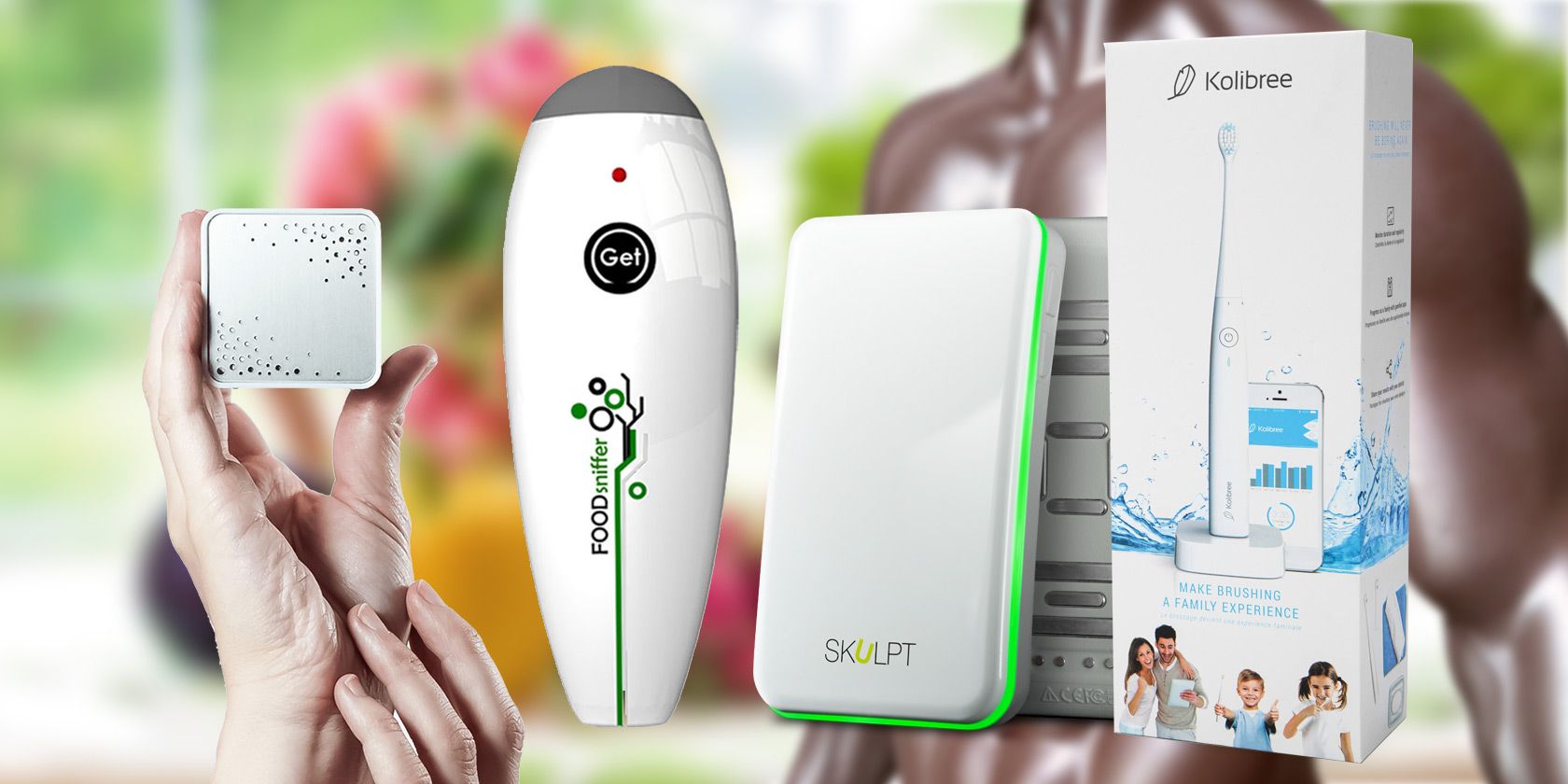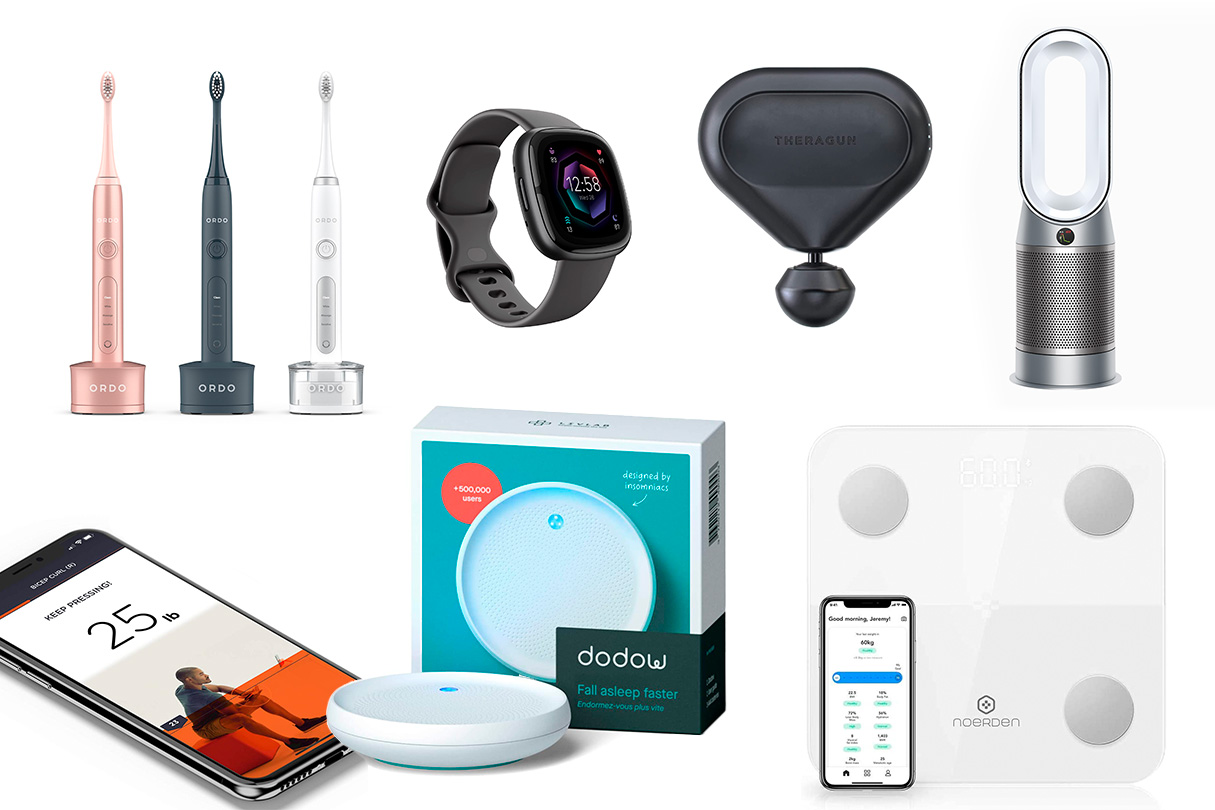Health gadgets, a rapidly growing industry, are revolutionizing healthcare by empowering individuals with real-time monitoring, personalized insights, and enhanced health outcomes.
From smartwatches and fitness trackers to home monitoring devices, these gadgets provide valuable data, enabling users to make informed decisions about their health and well-being.
Market Overview
The global health gadgets market is expected to reach USD 208.3 billion by 2027, growing at a CAGR of 10.1% from 2022 to 2027. The market growth is attributed to the rising prevalence of chronic diseases, increasing healthcare costs, and technological advancements.Major market players include Apple, Samsung, Fitbit, Garmin, and Omron.
These companies are focusing on developing innovative products and expanding their product portfolios to cater to the growing demand for health gadgets.
Types of Health Gadgets

Health gadgets encompass a wide range of devices designed to monitor, track, and improve various aspects of health and well-being. These gadgets fall into distinct categories based on their functionality and application.
The primary categories of health gadgets include:
Wearable Health Trackers
Wearable health trackers are devices worn on the body, such as smartwatches, fitness trackers, and activity trackers. These devices monitor vital metrics like heart rate, steps taken, calories burned, and sleep patterns. They provide real-time feedback and insights into daily activity levels, sleep quality, and overall fitness.
Home Monitoring Devices
Home monitoring devices are used to monitor health conditions in the comfort of one’s own home. Examples include blood pressure monitors, glucose meters, and pulse oximeters. These devices enable individuals to track and manage chronic conditions, such as diabetes, hypertension, and heart disease, without the need for frequent doctor visits.
Diagnostic Tools, Health gadgets
Diagnostic tools are used to detect and monitor specific health conditions. These include devices like pregnancy tests, ovulation predictors, and sleep apnea monitors. They provide valuable information for early detection, diagnosis, and management of health issues.
Assistive Devices
Assistive devices are designed to aid individuals with disabilities or age-related limitations. Examples include hearing aids, wheelchairs, and prosthetic limbs. These devices enhance mobility, communication, and overall quality of life for individuals with special needs.
Telehealth Devices
Telehealth devices enable remote monitoring and communication with healthcare providers. These devices include video conferencing platforms, remote patient monitoring systems, and mobile health apps. They facilitate access to healthcare services, especially for individuals in remote areas or with limited mobility.
Benefits and Use Cases
Health gadgets can empower individuals to take control of their health by providing them with real-time data, personalized insights, and tailored interventions. These devices have demonstrated significant benefits in various healthcare settings, leading to improved health outcomes and enhanced quality of life.
Improved Health Outcomes
Health gadgets can contribute to improved health outcomes by enabling individuals to:
- Track and monitor health metrics such as heart rate, blood pressure, and blood glucose levels, allowing for early detection of potential health issues.
- Receive personalized recommendations and interventions based on their health data, helping them make informed decisions and adopt healthier behaviors.
- Stay motivated and engaged in their health journey through gamification and social support features.
Successful Use Cases
In various healthcare settings, health gadgets have proven their effectiveness in:
Remote patient monitoring
Health gadgets allow healthcare providers to remotely monitor patients’ health data, enabling timely interventions and reducing the need for in-person visits.
Chronic disease management
Health gadgets empower individuals with chronic conditions to self-manage their health by providing continuous monitoring, medication reminders, and personalized support.
Fitness tracking
Health gadgets help individuals set and achieve fitness goals by tracking their activity levels, calories burned, and sleep patterns.
Mental health support
Health gadgets can provide access to mental health resources, such as therapy sessions, meditation exercises, and mood tracking tools, promoting emotional well-being.
Technological Advancements

Emerging technologies are revolutionizing the health gadget industry, pushing the boundaries of device capabilities and enabling advancements in health monitoring, diagnosis, and treatment. These advancements are transforming the way individuals manage their health and empowering them with tools to proactively care for their well-being.
Artificial Intelligence (AI)
AI is playing a pivotal role in enhancing health gadget capabilities. AI algorithms analyze vast amounts of health data to identify patterns, predict health risks, and provide personalized recommendations. Smartwatches and fitness trackers equipped with AI can detect subtle changes in heart rate, sleep patterns, and activity levels, providing early warnings of potential health issues.
Biosensors and Wearable Sensors
Advances in biosensors and wearable sensors have enabled the development of health gadgets that can monitor a wide range of physiological parameters. These sensors can measure blood pressure, blood oxygen levels, heart rate, and body temperature with high accuracy and reliability.
By integrating these sensors into wearable devices, individuals can continuously track their health metrics and receive real-time insights into their overall well-being.
Miniaturization and Wireless Connectivity
The miniaturization of electronic components and advancements in wireless connectivity have made it possible to develop compact and portable health gadgets. These devices can be worn comfortably throughout the day, allowing for continuous health monitoring without interfering with daily activities.
Bluetooth and Wi-Fi connectivity enable seamless data transmission between health gadgets and smartphones or cloud-based platforms, facilitating remote monitoring and analysis by healthcare professionals.
Nanotechnology
Nanotechnology is emerging as a promising field for health gadget innovation. Nanosensors and nanomaterials are being explored for the development of highly sensitive and specific diagnostic devices. These devices can detect minute changes in biomarkers, enabling early detection of diseases and personalized treatment approaches.
Cloud Computing and Big Data Analytics
Cloud computing and big data analytics are essential components of the health gadget ecosystem. They enable the storage, processing, and analysis of vast amounts of health data collected from multiple devices. This data can be used to develop predictive models, identify trends, and provide personalized health insights to individuals and healthcare providers.
Data Collection and Analysis
Health gadgets are equipped with sensors that collect raw data about the wearer’s health metrics. This data can include heart rate, blood pressure, blood oxygen levels, sleep patterns, and activity levels. The gadgets process this data using algorithms to extract meaningful insights and generate personalized health recommendations.
Data-Driven Insights and Personalized Health Management
The data collected by health gadgets provides valuable insights into the wearer’s overall health and well-being. This data can be used to:
- Track health trends over time and identify patterns.
- Detect potential health issues early on and provide timely interventions.
- Tailor personalized health recommendations based on the wearer’s unique health profile.
- Empower individuals to take ownership of their health and make informed decisions.
Health gadgets are becoming increasingly sophisticated in their ability to collect and analyze data. This is leading to the development of more personalized and effective health management tools that can help individuals achieve their health goals.
Privacy and Security Considerations
The integration of health gadgets into our lives raises concerns about privacy and security. These devices collect sensitive health data, which, if compromised, could have severe consequences.
Potential risks include:
- Data breaches: Unauthorized access to sensitive health information, such as medical records, diagnoses, and medication history.
- Data misuse: Health data could be used for marketing purposes, insurance discrimination, or even blackmail.
- Cyberattacks: Hackers could target health gadgets to access personal information, manipulate data, or disrupt healthcare services.
Best Practices for Data Protection and User Privacy
To mitigate these risks, it is essential to implement robust data protection measures:
- Strong encryption: Encrypt data both in transit and at rest to prevent unauthorized access.
- Authentication and authorization: Implement robust user authentication mechanisms and restrict access to sensitive data only to authorized individuals.
- Regular security audits: Conduct regular security audits to identify and address vulnerabilities.
li>User education: Educate users about the privacy risks associated with health gadgets and best practices for protecting their data.
Integration with Healthcare Systems
Health gadgets have the potential to revolutionize healthcare delivery by integrating with existing healthcare systems. This integration enables the seamless exchange of health data between gadgets and healthcare providers, leading to improved patient care.Interoperability, the ability of different systems to communicate and exchange data, is crucial for successful integration.
Interoperability standards, such as HL7 FHIR (Fast Healthcare Interoperability Resources), facilitate the transfer of health information in a standardized format. By adhering to these standards, health gadgets can seamlessly connect with electronic health records (EHRs) and other healthcare systems.
Benefits of Interoperability
Interoperability offers numerous benefits, including:
- Improved patient care: Integrated health gadgets provide healthcare providers with a more comprehensive view of the patient’s health, enabling them to make more informed decisions.
- Reduced healthcare costs: Integration can reduce the need for duplicate tests and procedures, leading to cost savings.
- Enhanced patient engagement: Patients can actively participate in their healthcare by accessing and sharing their health data with providers through integrated gadgets.
Challenges of Interoperability
Despite its benefits, interoperability also poses challenges:
- Data privacy and security: Ensuring the privacy and security of sensitive health data is paramount during integration.
- Technical complexities: Integrating different systems with varying data formats and protocols can be technically challenging.
- Lack of standards: The healthcare industry lacks universally adopted interoperability standards, which can hinder seamless integration.
Future Trends and Opportunities

The health gadget industry is constantly evolving, with new trends and technologies emerging all the time. These trends are having a significant impact on the healthcare landscape, making it more accessible, affordable, and personalized than ever before.
One of the most important trends in the health gadget industry is the rise of artificial intelligence (AI). AI-powered health gadgets can track and analyze data, provide personalized recommendations, and even diagnose and treat medical conditions. This is making it possible for people to take a more proactive role in their health and well-being.
Another important trend is the increasing popularity of wearable health gadgets. These gadgets can track a variety of health metrics, such as heart rate, blood pressure, and sleep patterns. This data can be used to improve health outcomes and prevent disease.
Emerging Trends
- The use of AI to develop new health gadgets and applications.AI can be used to analyze data from health gadgets and provide personalized recommendations to users. It can also be used to develop new health gadgets that are more accurate and user-friendly.
- The integration of health gadgets with other healthcare technologies.Health gadgets are increasingly being integrated with other healthcare technologies, such as electronic health records (EHRs) and telemedicine platforms. This integration is making it easier for people to manage their health and receive care from anywhere.
- The development of new health gadgets that are specifically designed for specific populations.For example, there are now health gadgets that are designed for children, seniors, and people with chronic conditions.
These trends are just the tip of the iceberg. The health gadget industry is constantly evolving, and new trends are emerging all the time. These trends are having a significant impact on the healthcare landscape, and they are making it possible for people to take a more proactive role in their health and well-being.
Closing Summary

As technology continues to advance, health gadgets will play an increasingly significant role in the future of healthcare, empowering individuals to take control of their health and fostering a more proactive and personalized approach to well-being.
Questions Often Asked
What are the benefits of using health gadgets?
Health gadgets offer numerous benefits, including real-time monitoring of vital signs, personalized health insights, improved medication adherence, and early detection of health issues.
How do health gadgets collect and analyze data?
Health gadgets typically collect data through sensors that measure various physiological parameters, such as heart rate, blood pressure, and sleep patterns. This data is then processed and analyzed using algorithms to provide personalized health insights.
What are the privacy and security concerns associated with health gadgets?
Health gadgets collect sensitive health data, raising concerns about privacy and security. It is important to choose reputable manufacturers that prioritize data protection and user privacy.
